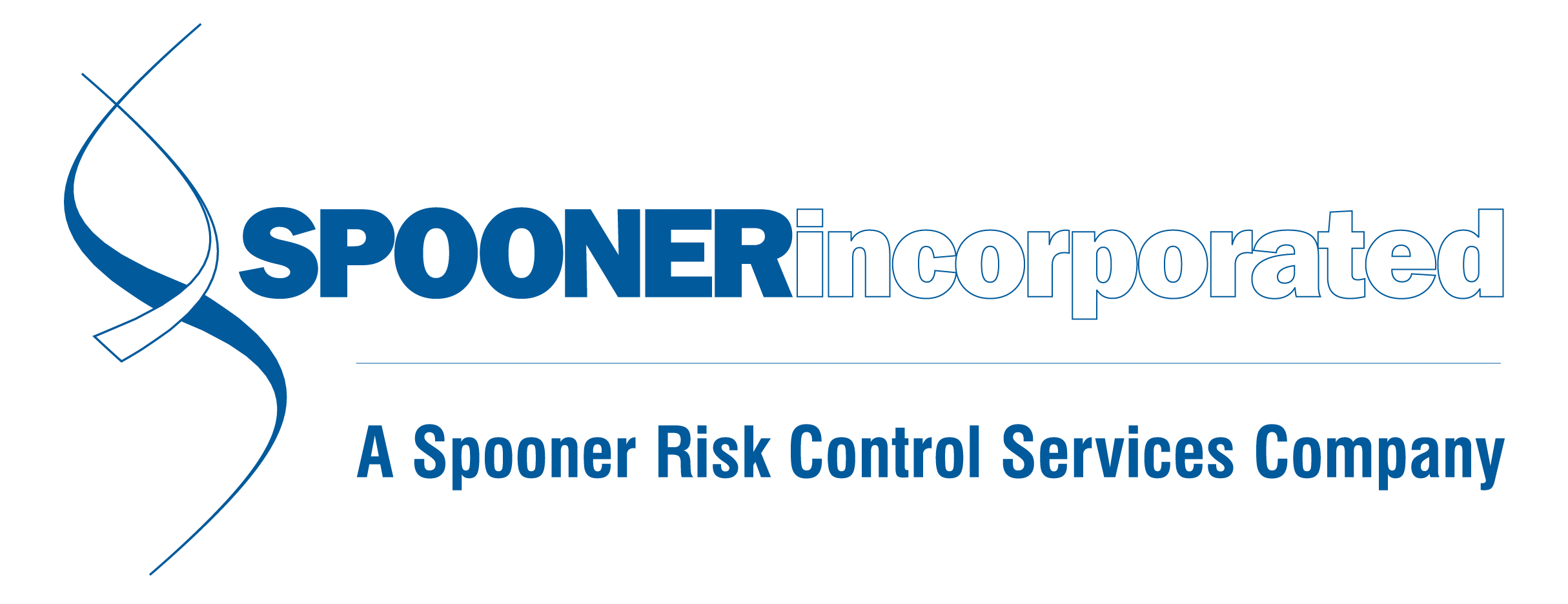News and Updates
Category: professional employer organization
Is a PEO the Right Fit for Our Nonprofit Organization?
Joining a PEO is a great way for nonprofits to not only save money on operating costs, but to hand off the compliance burden so they can focus on their staff and mission. Some nonprofit organizations worry that the logistics of partnering with a PEO (particularly payroll being reported under a different FEIN) could impact their ability to receive grant funding. Every nonprofit has a cognizant agent/agency, which is where most of the organization’s funding comes from. Nonprofits should check with their cognizant agency to make sure processing payroll under another FEIN won’t be an issue, but our team has been unable to locate any situations where this would be a roadblock for funding. Nonprofit agencies have a lot to gain from working with a PEO. Since many of these organizations are operating on a shoestring budget and staff, compliance issues can either be backburnered or done incorrectly because of staffing and skill set limitations. Even things like payroll and employment taxes can be intimidating for a team whose mission is to fulfill a need in their community – not to be payroll experts. Partnering with a PEO takes payroll and the associated headaches off the organization’s plate, and they can also help with FMLA, unemployment, and HR & safety concerns. In addition to offloading work, there’s also the big advantage of savings. A PEO that is self-insured for workers’ compensation can help nonprofit
How SuretyHR Fits Into the Spooner Family
You may have noticed some of the SuretyHR content looks a lot like the content published on Spooner Inc’s website and LinkedIn. Maybe you also picked up on our employees having multiple logos on their emails, or you might have both Surety and Spooner business cards for the same employee. We get plenty of questions about this, so we want to help you make sense of it all. Surety HR is part of the Spooner Risk Control family of companies. Spooner Inc (our TPA) and Spooner Medical Administrators (our MCO) both have long and storied histories of helping employers navigate the claimant-favoring, monopolistic Ohio workers’ compensation system. We’ve saved thousands of companies hundreds of thousands of dollars, with some even into the millions with our claims and program management. As Ohio BWC continued making changes to programs, eligibility and inflating administrative costs, we found that offering solutions for only our state-fund and self-insured clients wasn’t enough. Enter SuretyHR, our professional employer organization (PEO). We began building the departments that would make up Surety HR in 2015, with the addition of payroll services. By 2017, we had added in-house legal counsel, HR experts and additional support to our existing teams handling workers’ comp, safety, unemployment, and absence management. In September 2019, we were granted self-insured status by Ohio BWC, which greatly increased the amount of savings we could
Surety HR: Not Your Average PEO
When we talk to prospects about Surety HR, our self-insured PEO (professional employer organization), we get a lot of very different reactions - confusion, curiosity, blank stares and occasionally – a crossed-arm refusal to hear anything else about it. We knew when we began building our PEO that several employers have a bad taste in their mouth about PEOs, usually after having (or hearing about) a bad experience. That’s one of the many reasons we sought out these opinions to help build our framework based on what employers feel does or does not work. The biggest thing we want to make clear is that we are not our competition. We don’t charge based on a percentage of payroll, baking everything together so that you’ll never really know how much you’re paying for any of our services. When employers are looking for some of the solutions a PEO can provide, they are not always looking to move all their employment-related needs under one umbrella. This is why larger, mature, and sophisticated companies have avoided entering into a PEO relationship. Surety HR is a sister company of Spooner Incorporated – an unrivaled TPA and consulting firm with less than 2% client turnover. Because of this foundation, our focus is more on lowering workers’ comp premiums instead of bundling services that you may not need or want. It also means if and when you decide it’s time to exit the PEO, the process will b

